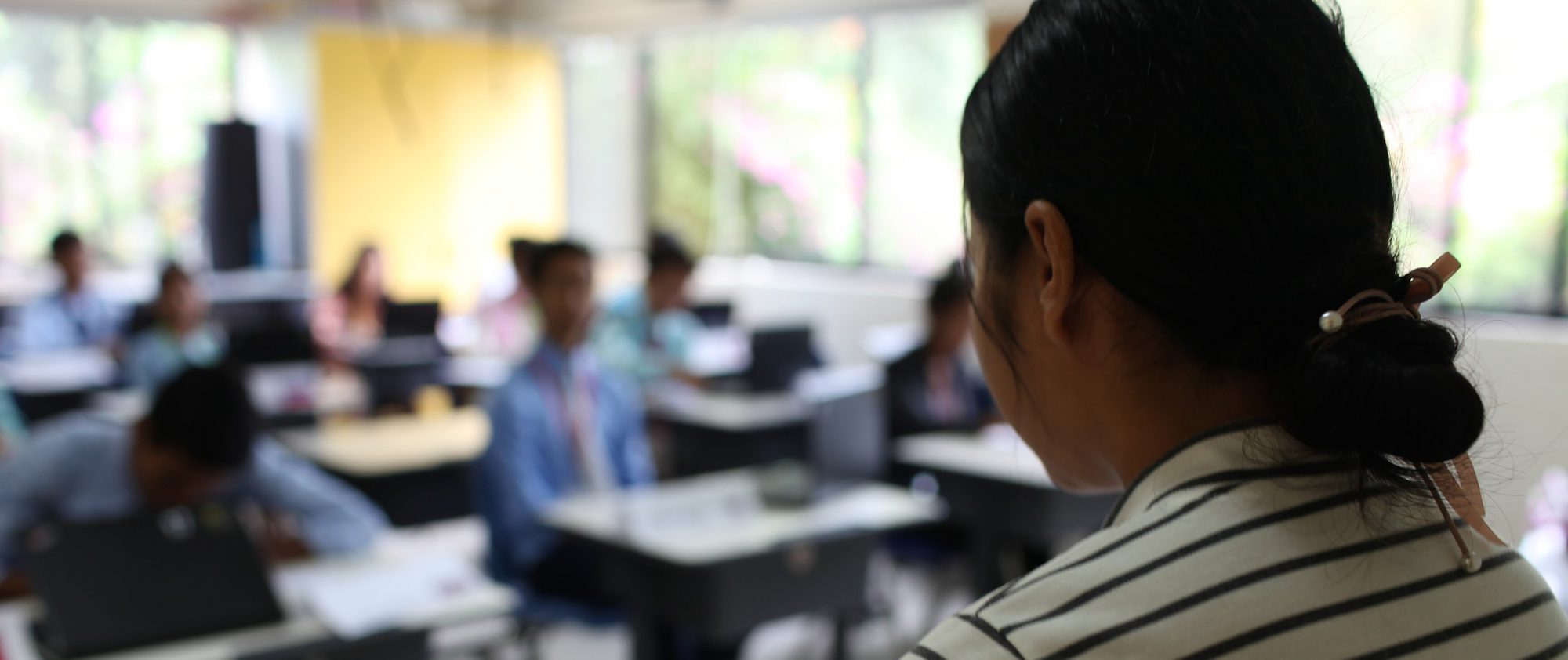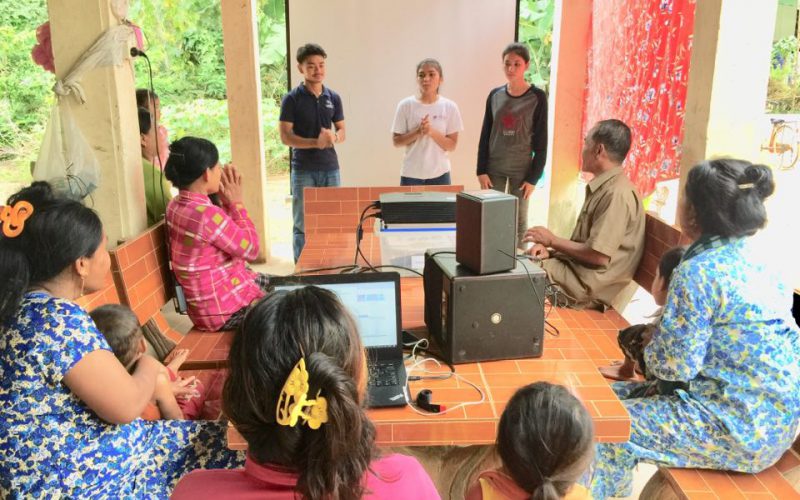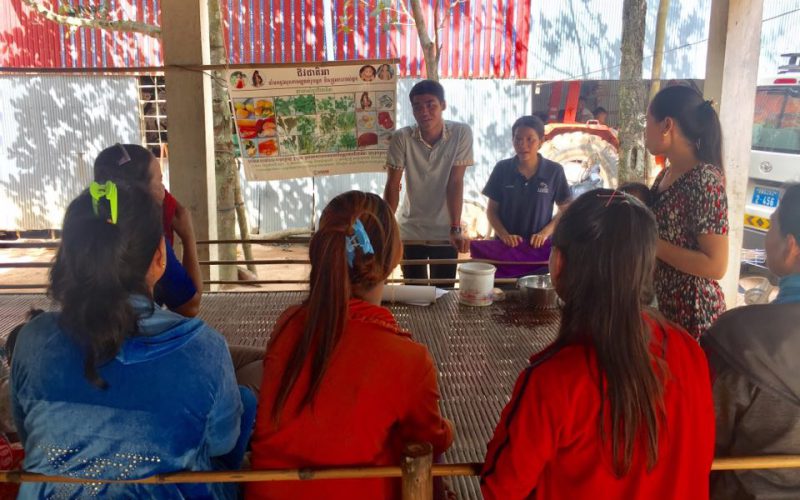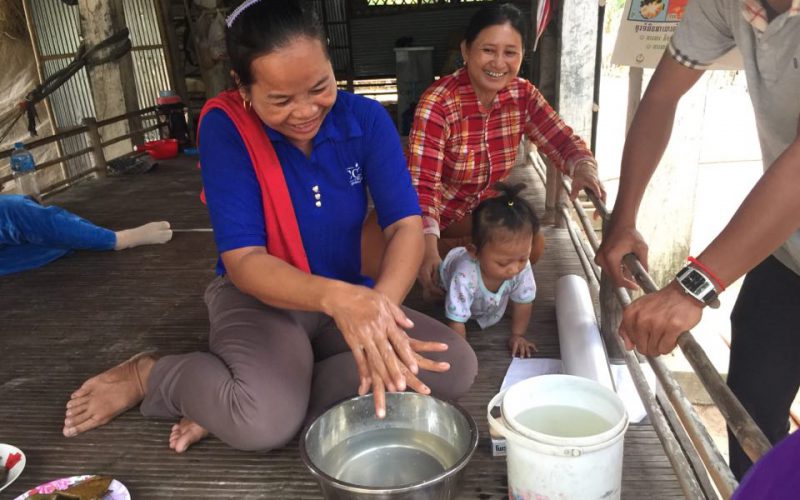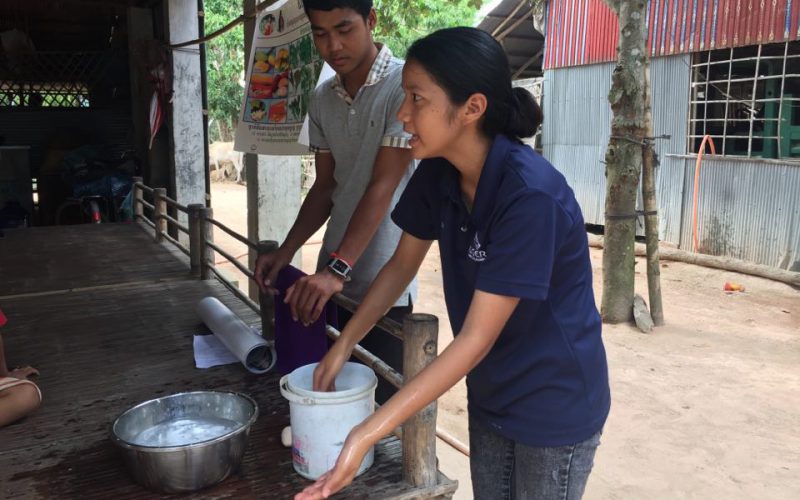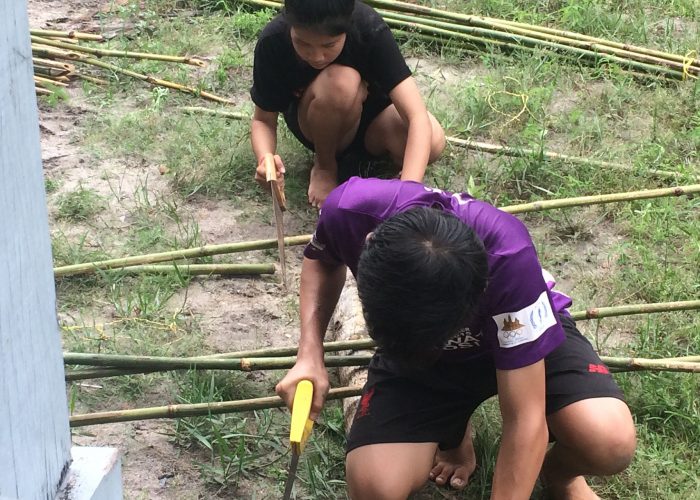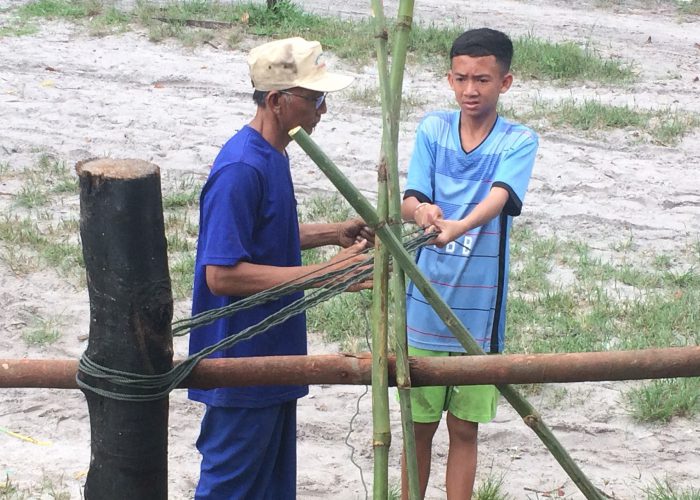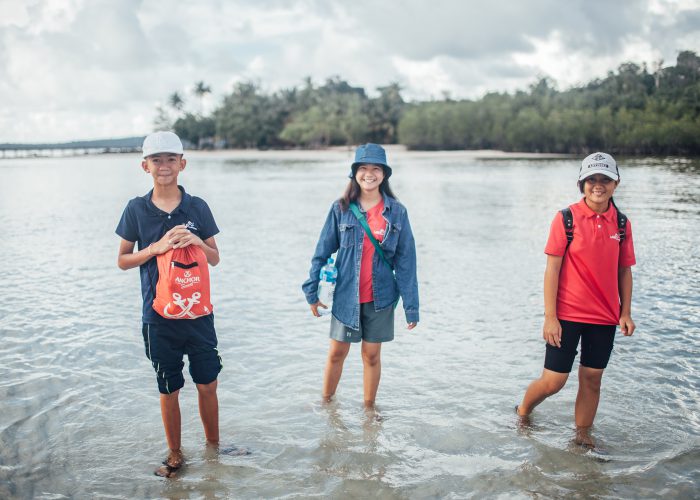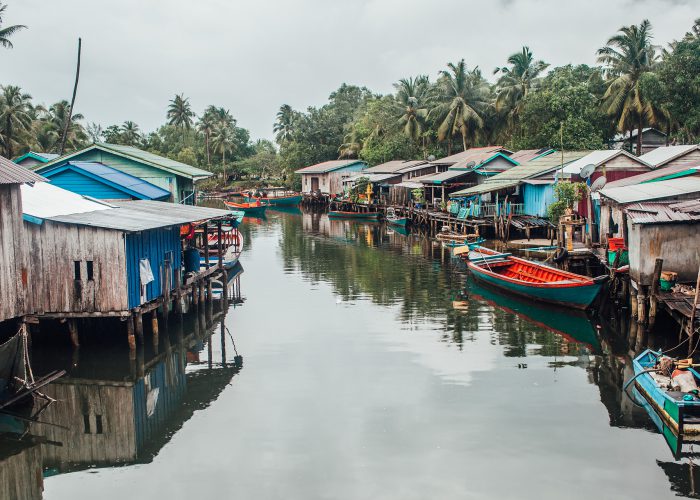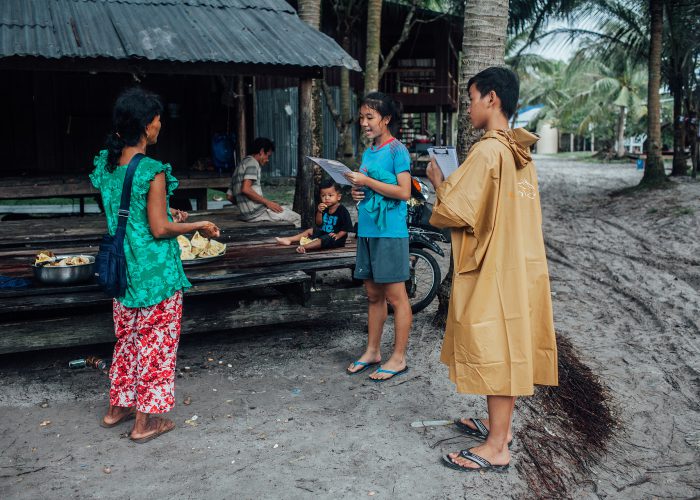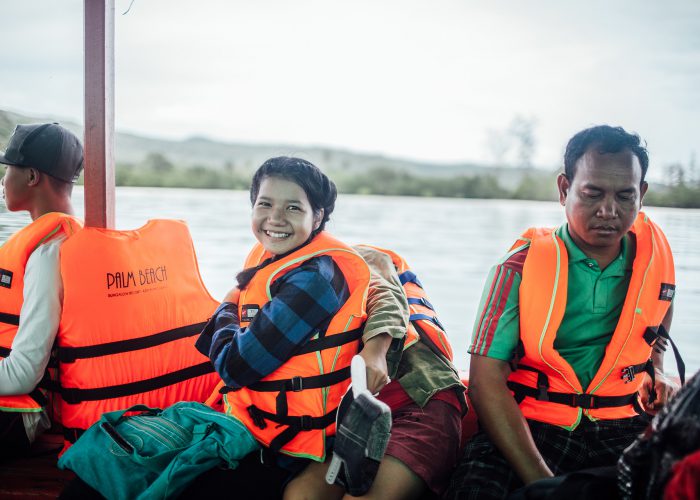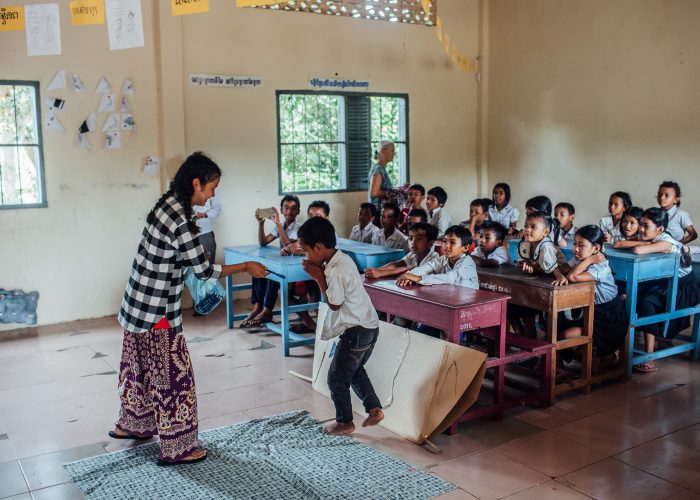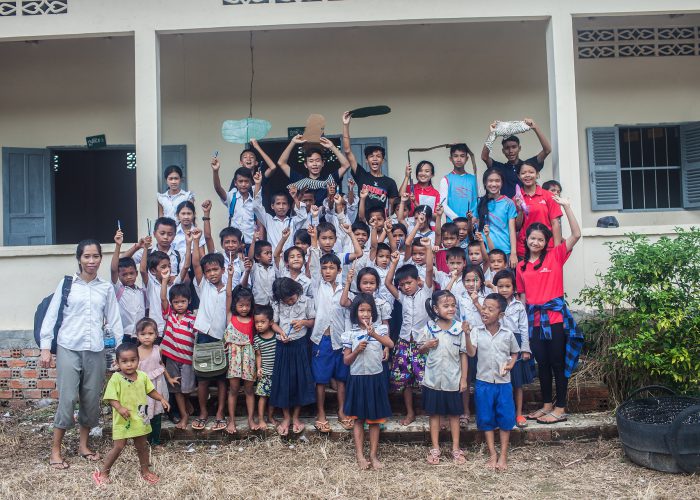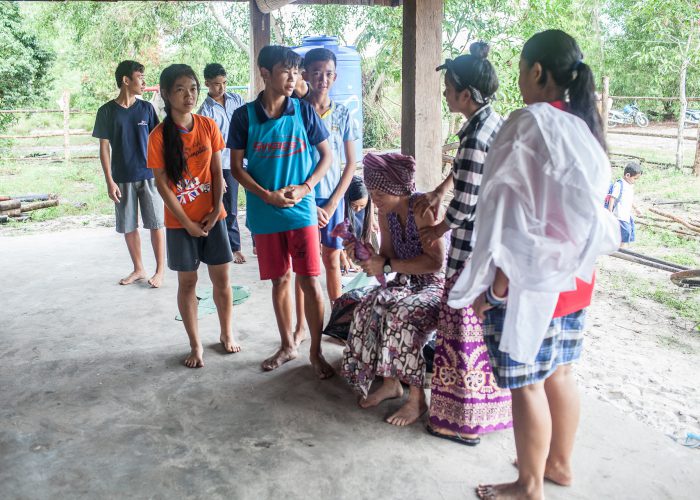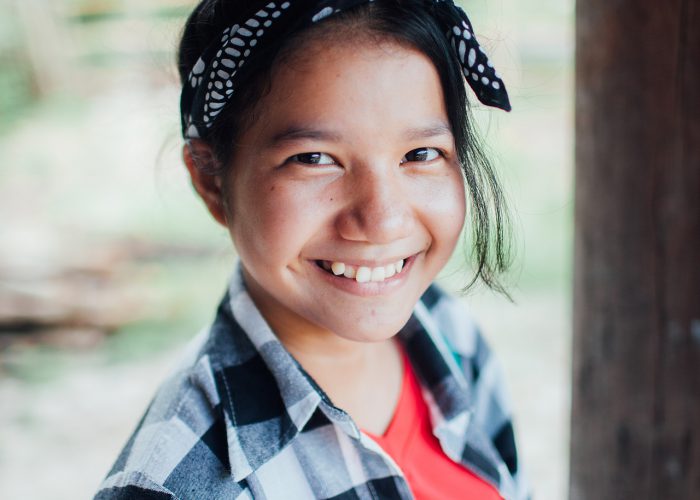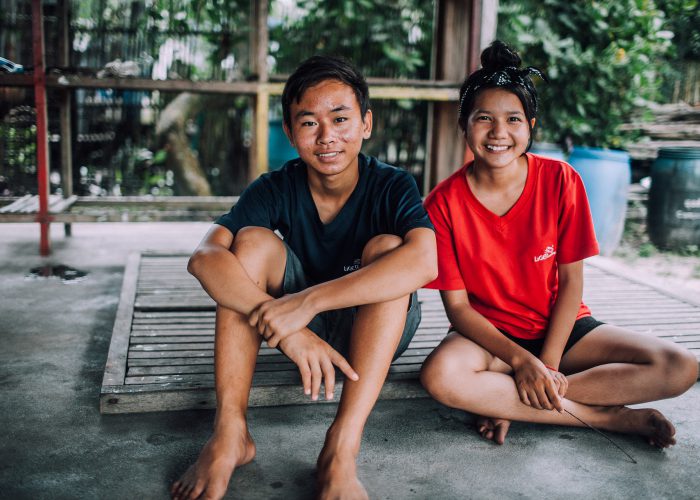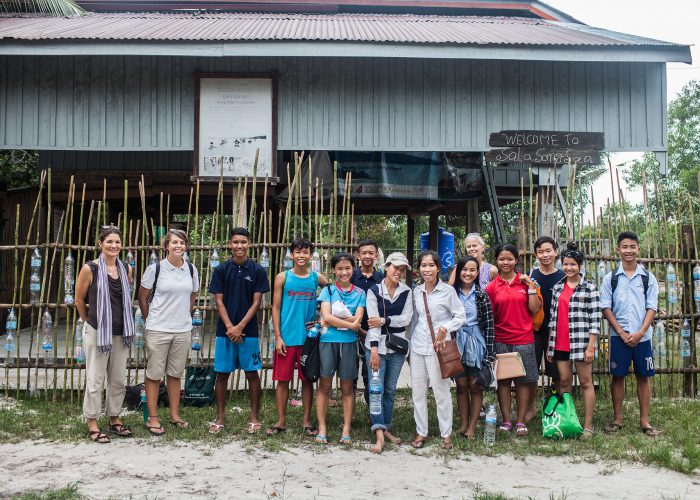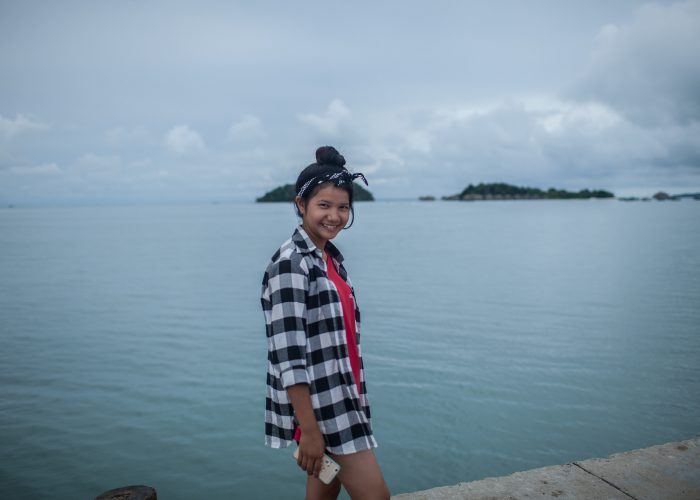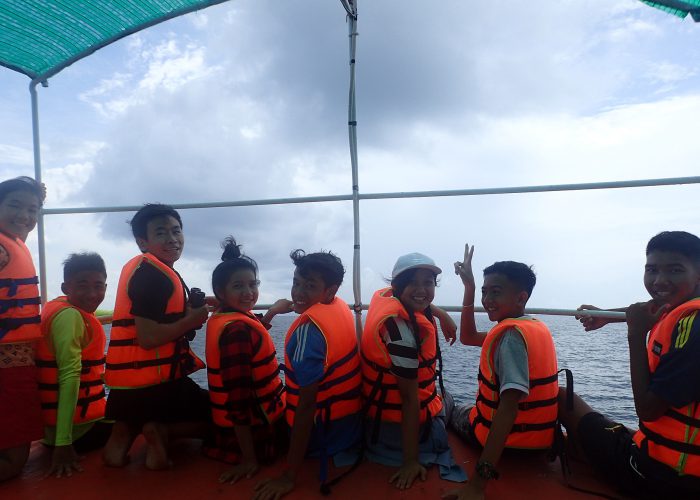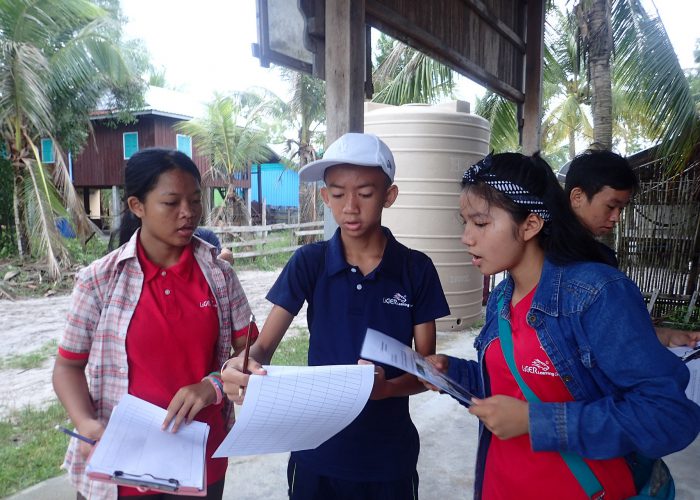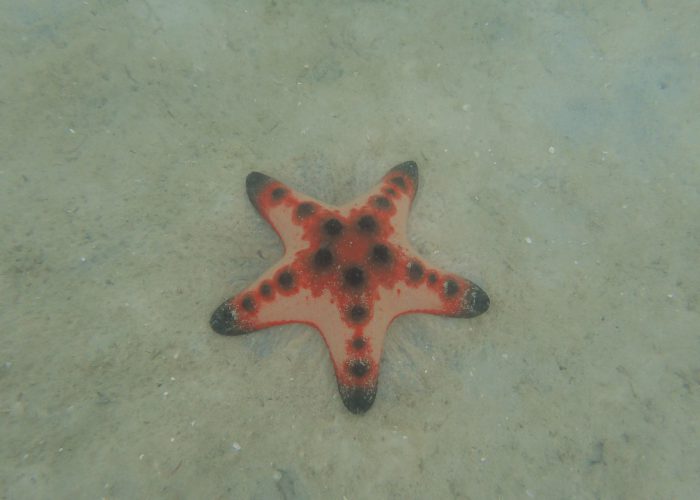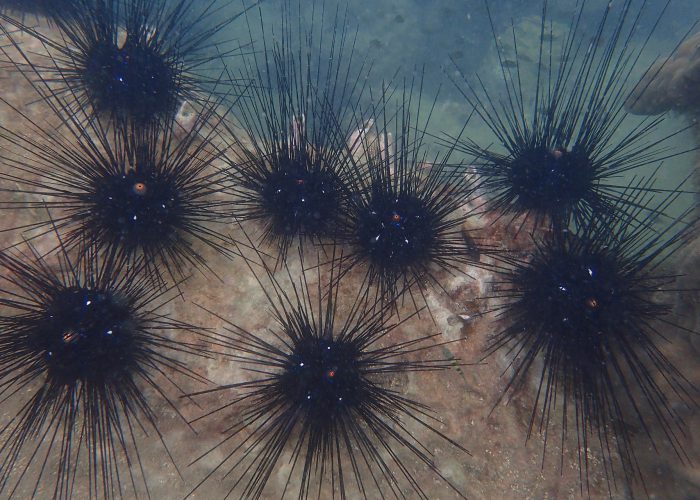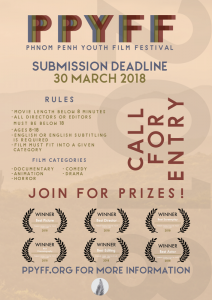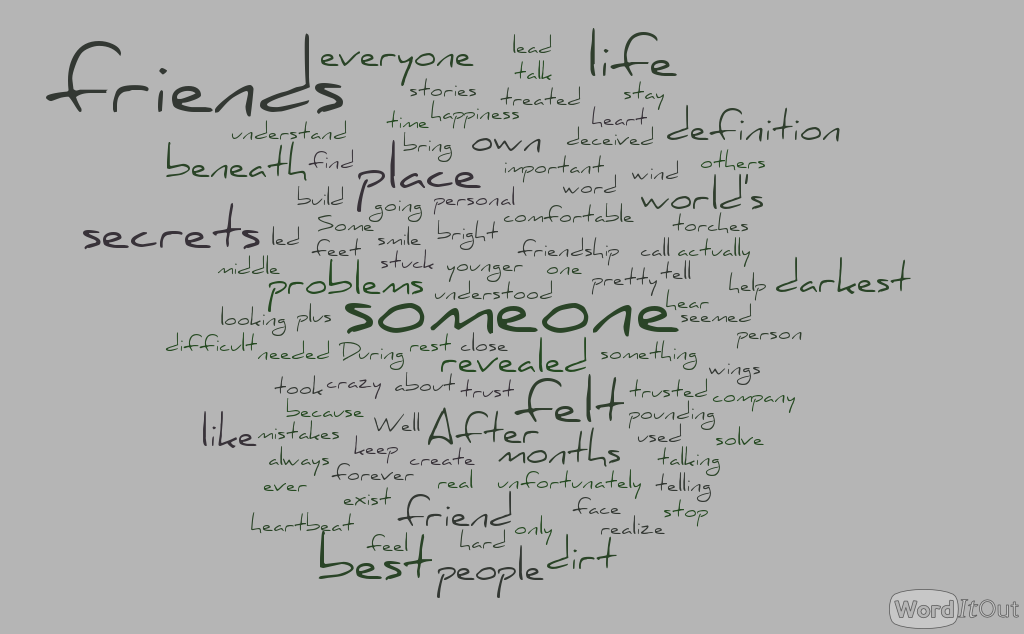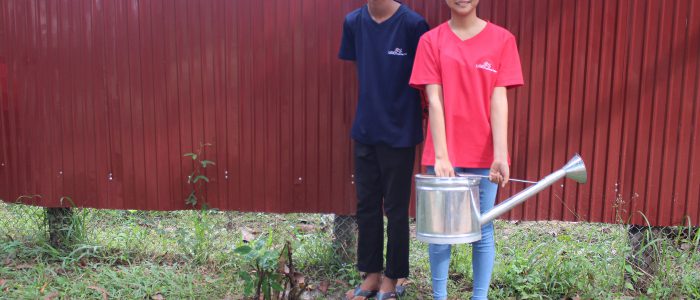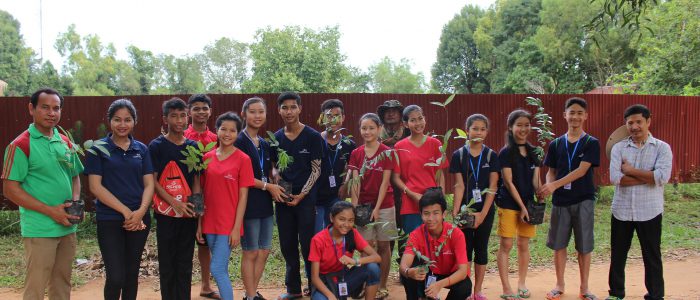As I observe Cambodia today is developing, with factories, construction, education, transportation, tourism, forestation and etc. You can’t imagine how fast things are changing, from uneducated to educated society. It’s almost impossible to believe. If you want to change something or someone you have to change yourself first. From 2016 to 2017 I believed in myself that I have the agency to change Cambodia.
From the beginning of the year, one of my exploration was Iron Deficiency, which is we learn about anemia. Anemia is a type of condition when you have low red blood cells. We went to Siem Reap to teach students and villagers about anemia and Lucky Iron Fish. We also cooperate with Lucky Iron Fish Company. We helped to allocate the Lucking Iron Fish to each villager, who came to listen to our presentation about anemia and Lucky Iron Fish. By this exploration, I helped to transition Cambodia by distributing my knowledge to others villagers and technique how to live healthier. In 2017 I involved of making Climate Change Board Game for Cambodian students. The board game teaches students to understand about climate change, the impact of climate, how to prevent the climate change. As the result we want them to passionately understand how human activity affected to climate. The main problem caused climate change was their tons and tons of CO2 are releasing in the air. I helped to change Cambodia by teaching others students of the impact of climate change, so they also can teach other people to make a change.
One of my favorite explorations of the year was Ecosystem Services and Climate Change. We went to Koh Rong Island to do the survey about the six most eaten fish. The main purpose of the survey was to know the decreasing/increasing in a population of the 6 most eaten fish species in both villages. The 6 species are Sphyraenidae, Lethrinus, Gymnocranius, Carangidae, Snappers, and Groupers. Not just that, we also help Song Saa Foundation to distribute water filter one per family. The advantages of using water filter are they don’t have to spend their time to boil the water and spend the money on the wood to burn. Additionally, we also teach them how to prevent from the lightning by doing the lighting play that we prepared from school
To illuminate the idea of my changing Cambodia this year. I’m so proud of myself, even though I made a change a mini changed in Cambodia for the past 1 year, but I’m so appreciative about myself and I don’t care how it means to other people, but it means a lot to me. To end my conclusion I will keep making a change in Cambodia for the rest of the time that I have.
